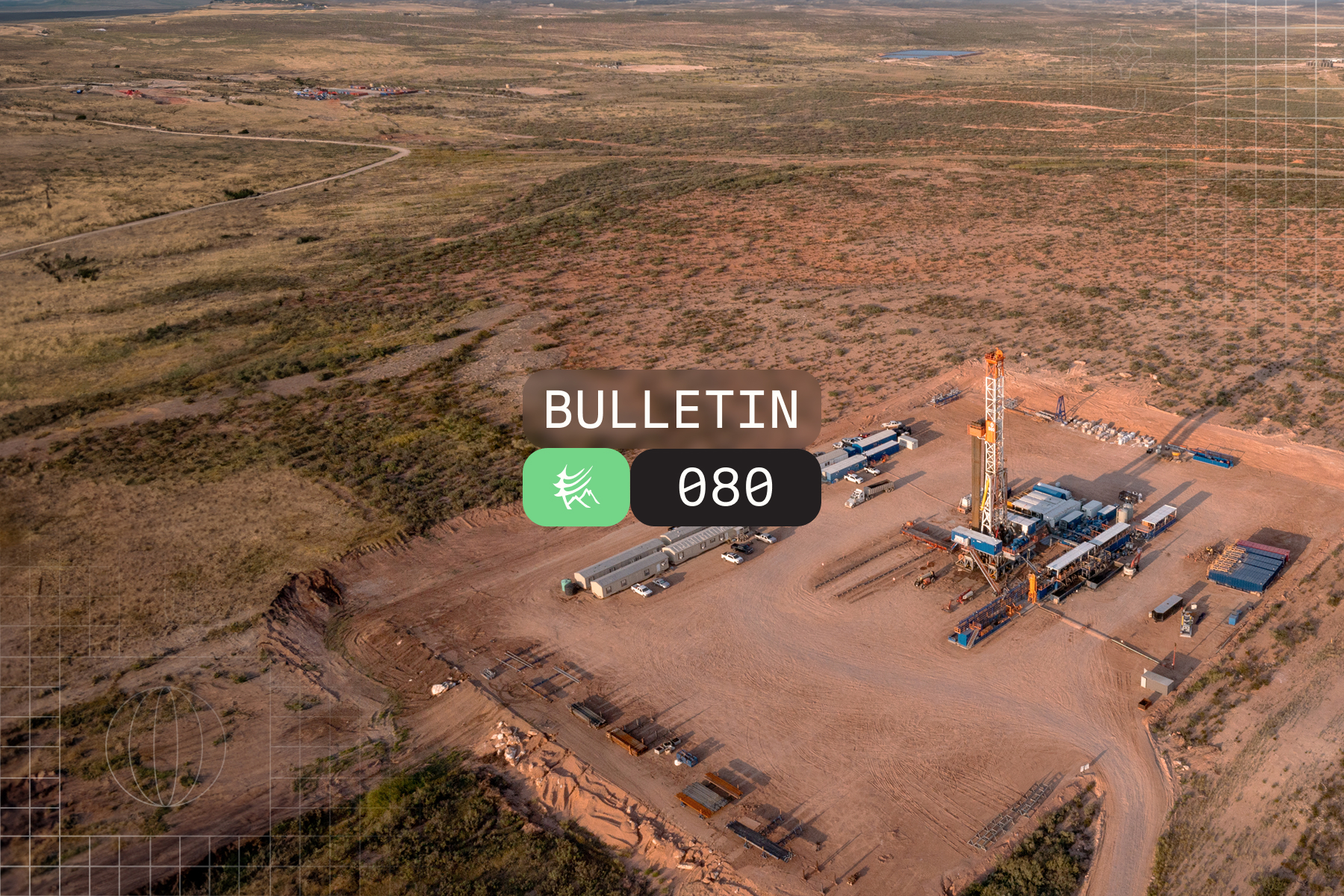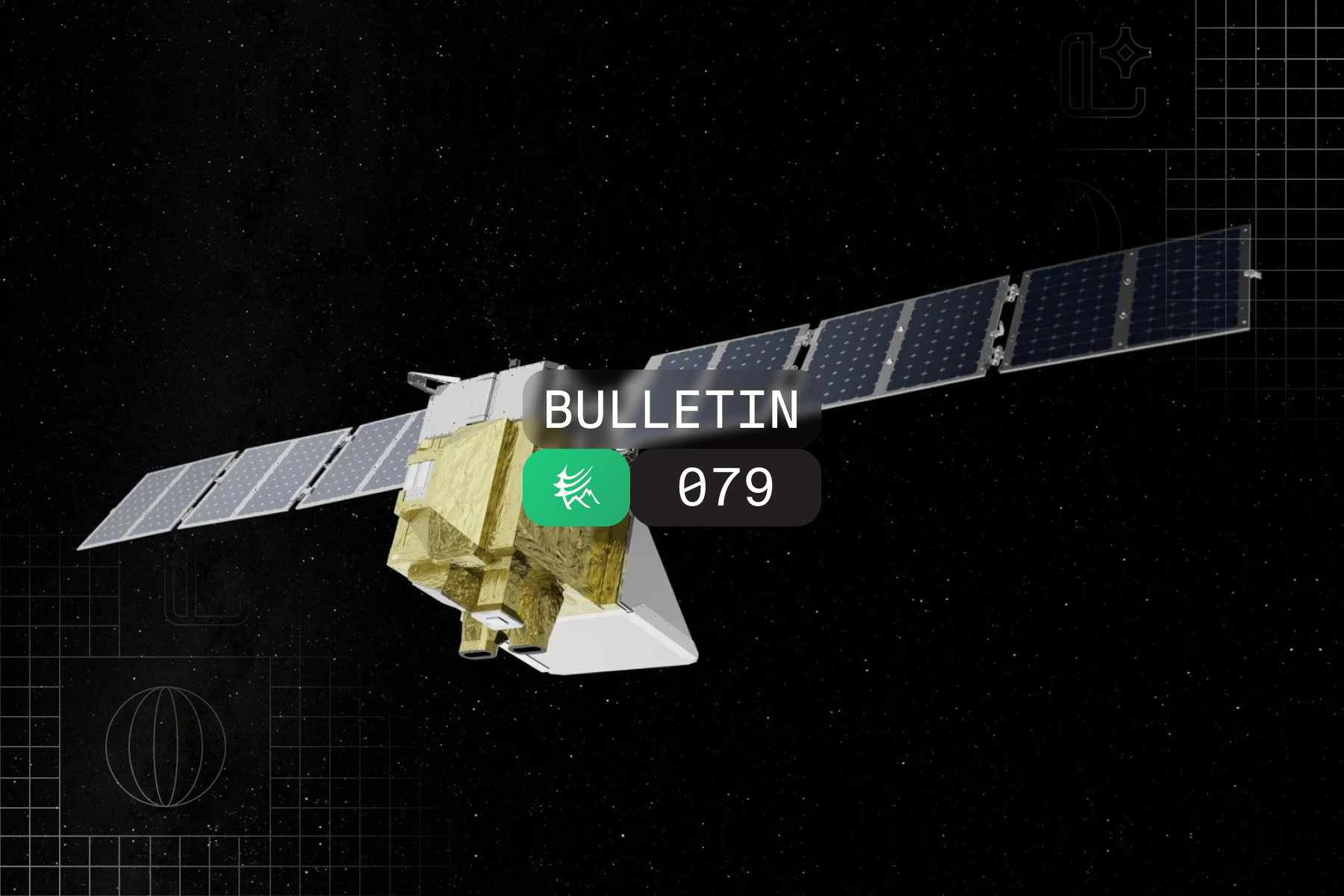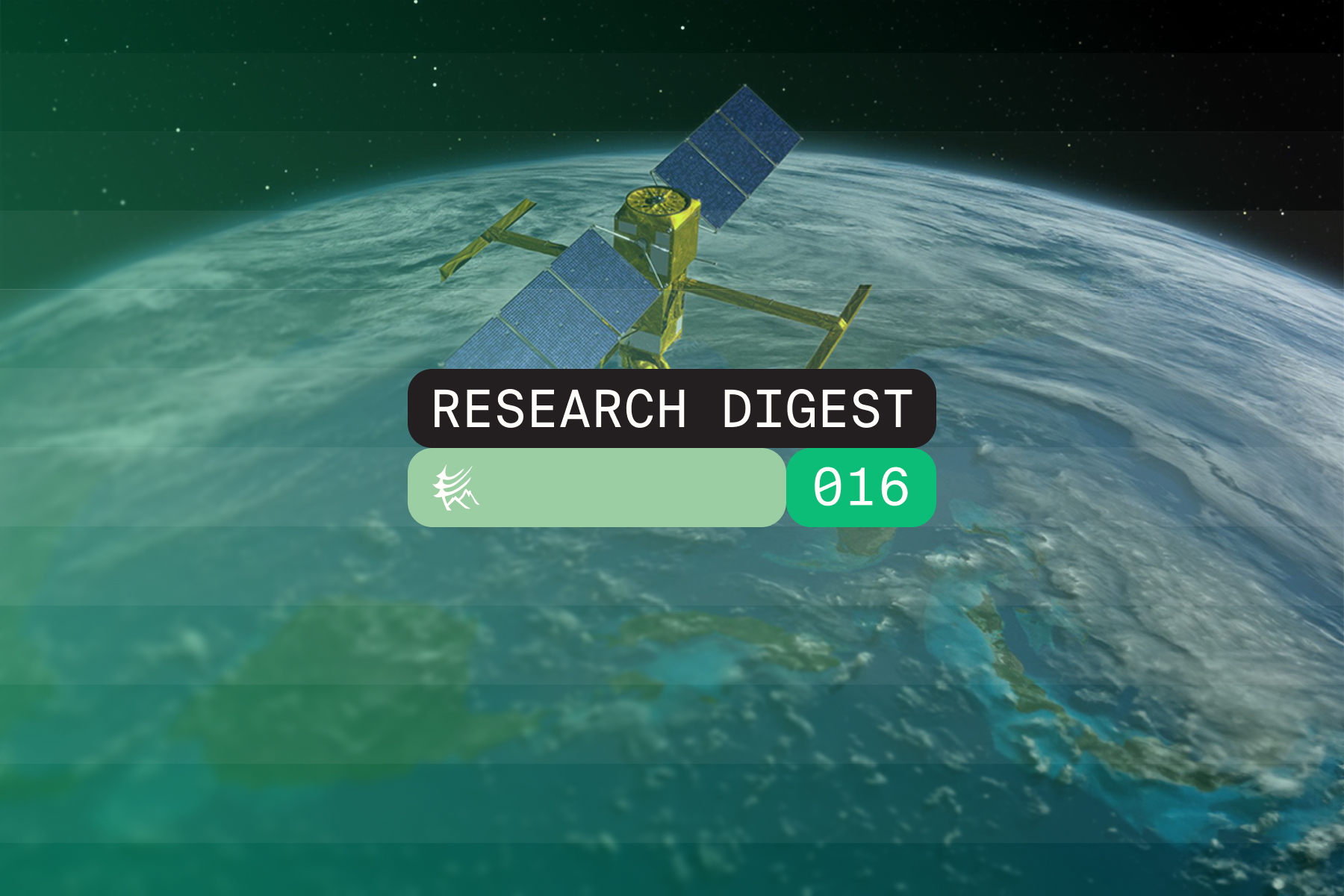In this month’s Research Digest, we catch you up on the latest peer-reviewed research in greenhouse gas emissions science, including a review on enteric emissions mitigation, continuous monitoring simulation, characterization of increasing CH₄ emissions, quantification from Romanian assets, and more!
Simulations of Methane Continuous Monitoring in the Permian Basin
Detection probabilities of ground sensor networks are estimated by combining CALPUFF and CALMET dispersion modelling with Monte-Carlo simulations. The researchers tested idealized single source and multi-source scenarios for single and intermittent events with varying duration and site-specific meteorological conditions. With a strong correlation between event duration and detection probability, it was observed that the number of sensors had a much stronger influence on the overall detection probability than their detection threshold. The authors caution that “continuously operating fixed sensors will not detect all emissions” here.
Rapidly Increasing Methane Emissions in 2020
In 2020, the methane growth rate observed from the NOAA Global Monitoring Laboratory (GML) network and Greenhouse Gases Observing Satellite (GOSAT) was the highest in the past 36 years. To better understand this, researchers used a combination of bottom-up and top-down approaches to quantify the anomalies in the surface sources and in the global atmospheric hydroxyl radical sink. An
atmospheric inversion was performed, showing an annual global increase of 6.9 Tg methane for surface emissions. The authors report that, in 2020, an increase in wetland emissions as well as a decrease in hydroxyl radical due to reduced NO emissions from lockdowns resulted in an unprecedentedly high methane growth rate. It is suggested that reduced NO emissions may increase the lifetime of methane, and require greater methane reductions to comply with the Paris Agreement here.
Increasing Methane Emissions in China
Satellite and in-situ surface observations are utilized in a global inverse model to estimate regional methane emissions in China. Increased methane emissions during the study period (2010-2018) are dominated by increased natural gas use in theeastern regions. Analysis shows annual increases of 630000 tonnes of methane to northeastern natural gas and 400000 tonnes of methane from waste disposal in all of China. The authors recommend an increase in monitoring of methane emissions from natural gas production in addition to advanced leak reduction technologies for mitigation strategies. They state that these increases of natural gas leaks will cause potential danger to diverse stakeholders here.
Romanian Oil and Gas Methane Emissions Quantification
Data is collected at 112 Romanian oil and gas well sites and other production facilities by cars equipped with methane analyzers, GPS loggers, and meteorological data collecting devices (EPA Other Test Method 33a). Downwind mobile transects are analyzed by gaussian plume model, estimating average emission rates of 0.53 and 0.35 kg/hr for oil sites and gas wells, respectively. Four controlled release tests showed accuracy of ±30% when the mobile measurements are combined with the gaussian plume model. The researchers note that these emission rates are very similar to other oil and gas studies in US producing basins, and 10% of these sites produce 56% of the emissions here.
Underreported CHOPS Methane Venting in Saskatchewan
Methane emissions from single well cold heavy oil production with sand (CHOPS) sites in Saskatchewan are measured. Aerial Gas Mapping LiDAR (GML) is used for 962 sites, and ground based optical mass flux meter (VentX), ultrasonic flow meter, and quantitative optical gas imaging device (QOGI) are deployed at 11 select sites. Strong correlation is found between ground measurement and GML. 76% of the active sites in this study report non-zero methane emissions, with an average of 12.5 kg/h per site. This study also finds that half of the methane emissions are associated with 10% of the produced oil at low production wells. The emission rates measured here, converted to CO₂e, are four times higher than the estimated life-cycle carbon intensity of Canadian oil. Applying current carbon prices to methane emissions could eliminate 97% of the methane emissions with simple payback periods of less than 2 years here.
Characterization of Natural Gas Distribution Assets through Opportunistic Measures
Service line data is sampled opportunistically at locations of excavation damage. The resulting dataset shows an approximately random sample of plastic and steel service lines, with similar distributions of component age, operating pressure, and pipeline diameter, as well as a relatively uniform spatial distribution. It is suggested that data from excavation damage locations can provide first-order estimates of the population-level distribution and can provide broad insights into system integrity and leak prevention. Although this method can save the utility excavation costs, there are several uncertainties that need to be accounted for. The authors conclude that, overall, service lines affected by excavation damage appear to be representative of the full population of utility assets. They suggest method can be applied to other large engineered systems to ensure a safe transition for infrastructures undergoing rapid operational change here.
A Holistic Approach to Reduce Methane and Nitrous Oxide Emissions
A harmonized and integrative approach is provided for addressing CH₄ and N₂O emissions, finding most emissions originate from the agriculture and waste management sectors. The authors suggestions include, but are not limited to: Nitrogen use efficiency practices in agriculture, utilization of landfill gas, advanced wastewater treatment practices to reduce both N₂O and CH₄, CH₄ mitigation strategies in manure decomposition, and N₂O abatement in US Nitric acid manufacturing. Although LDAR targeting Oil and Gas CH₄ emissions across various spatial scales is described here as of the most cost-effective mitigation strategies, the authors report that 80% of N₂O emissions can be mitigated for under $10/tonne CO₂e. However, N₂O mitigation lacks the economic driver enjoyed by CH₄’s saleability; more than 50% of fugitive CH₄ emissions can be reduced at profit.
This review concludes that reducing CH₄ and N₂O emissions is essential for meeting global targets in climate change mitigation. However, the researchers caution that current market mechanisms do not account for the warming potentials of CH₄ and N₂O here.
Review of Enteric CH₄ Emissions from Ruminant Livestock
An overview of enteric CH₄ mitigation strategies is provided. Implementation of strategies and research priorities are discussed, as well as discussion of biological, economical, regulatory, and societal barriers for adoption. Various strategies for CH₄ ruminants mitigation, including immunization against methanogens, early-life interventions, phage and lytic enzymes with activity against methanogens, defaunation of the rumen, biochar, and a CH₄-oxidizing device. In particular, dietary supplementation of macroalgaes Asparagopsis taxiformis and Asparagopsis armata has been shown to decrease CH₄ production between 9 and 98%.
While most of the research to date has focused on ruminants in confinement systems, strategies targeting grazing animals would have the largest effect. Currently available technologies such as lipid supplementation, 3-nitrooxypropanol, and red seaweeds have mitigation potential, however, further research is needed. The authors recommend intensification of animal production through improved feeding and management as the most immediate an universal method to reduce CH₄ emissions, and comments on the challenges remaining in affordability, consumer acceptance, and specialized technical support here.






